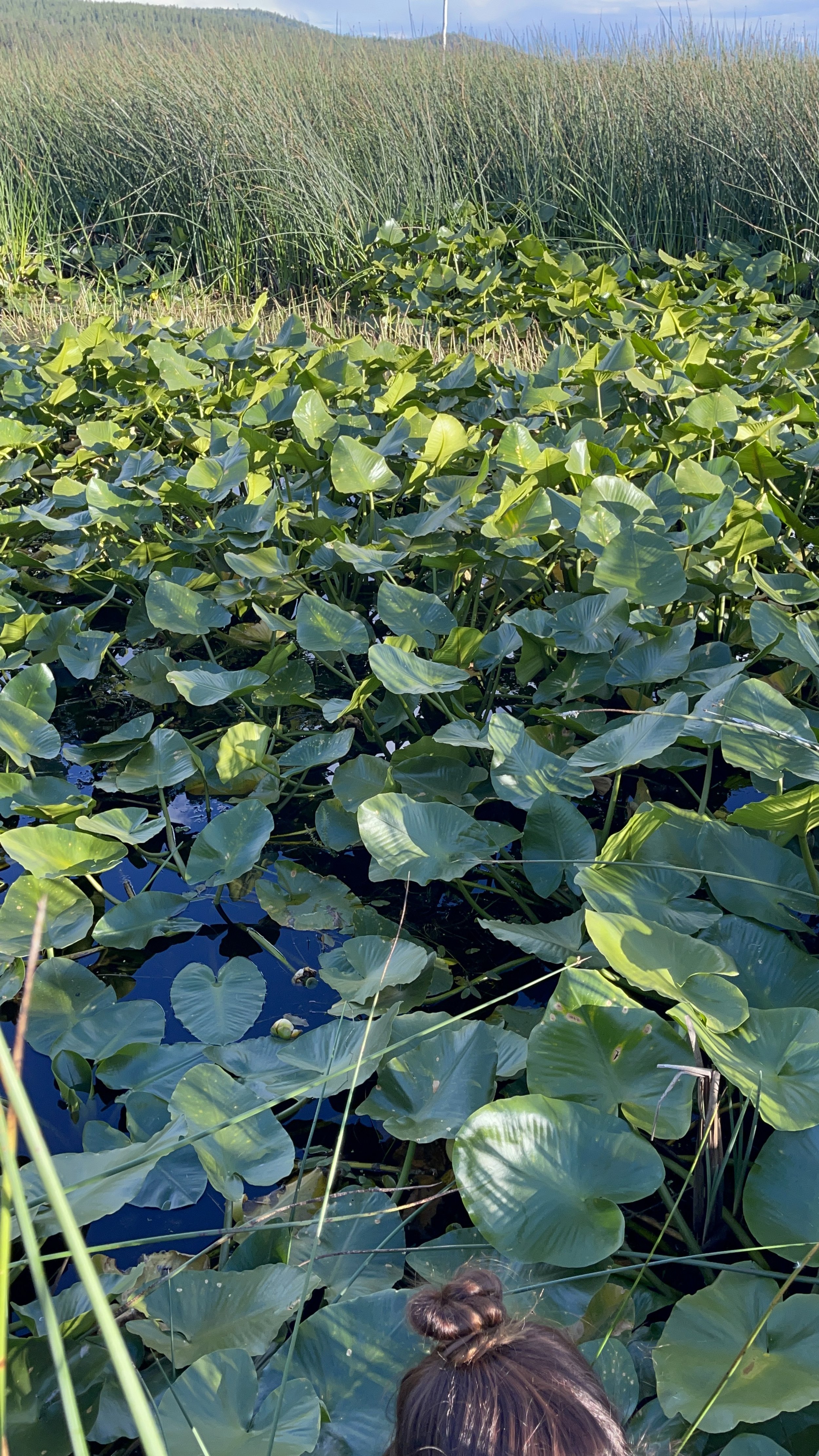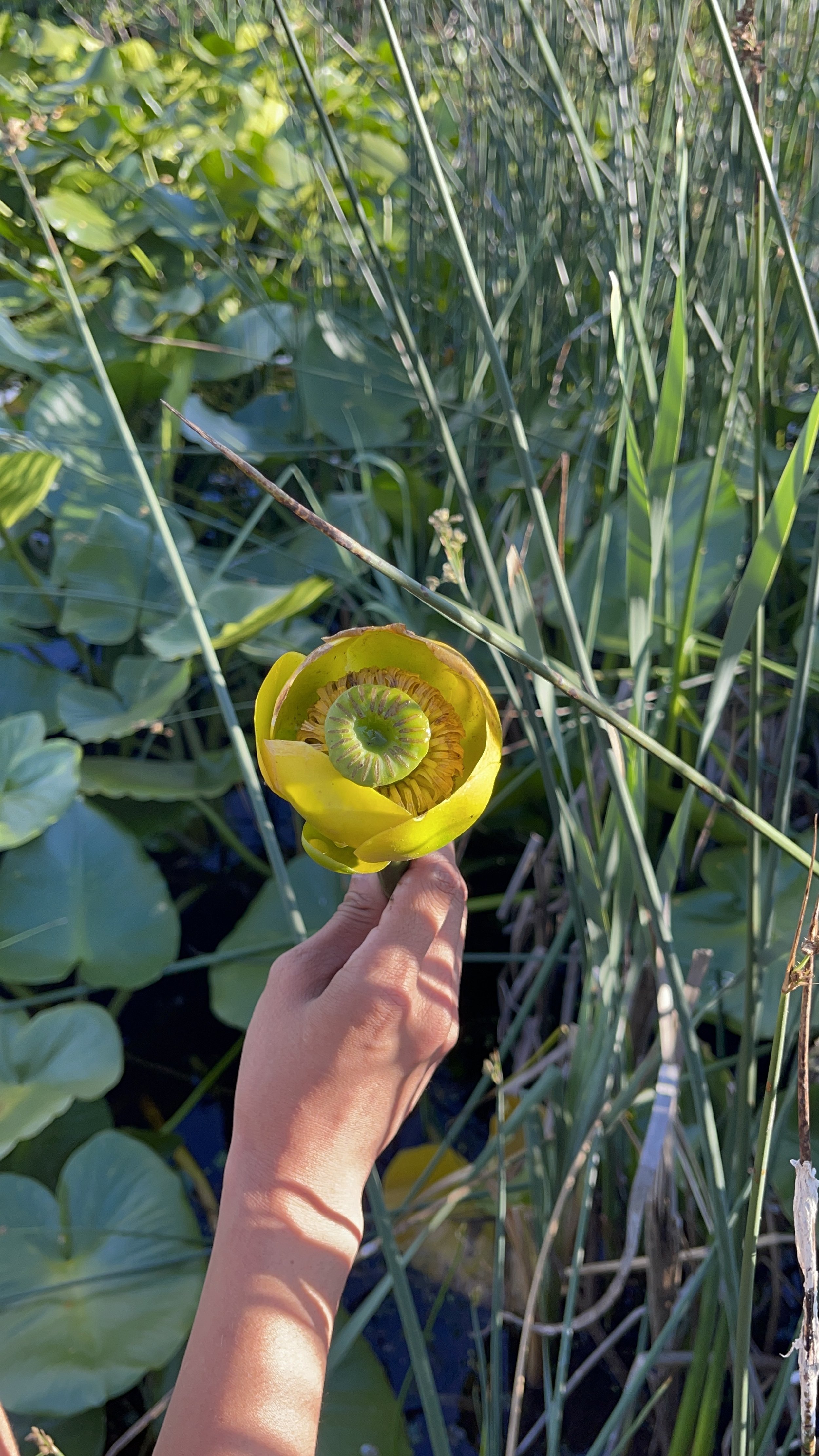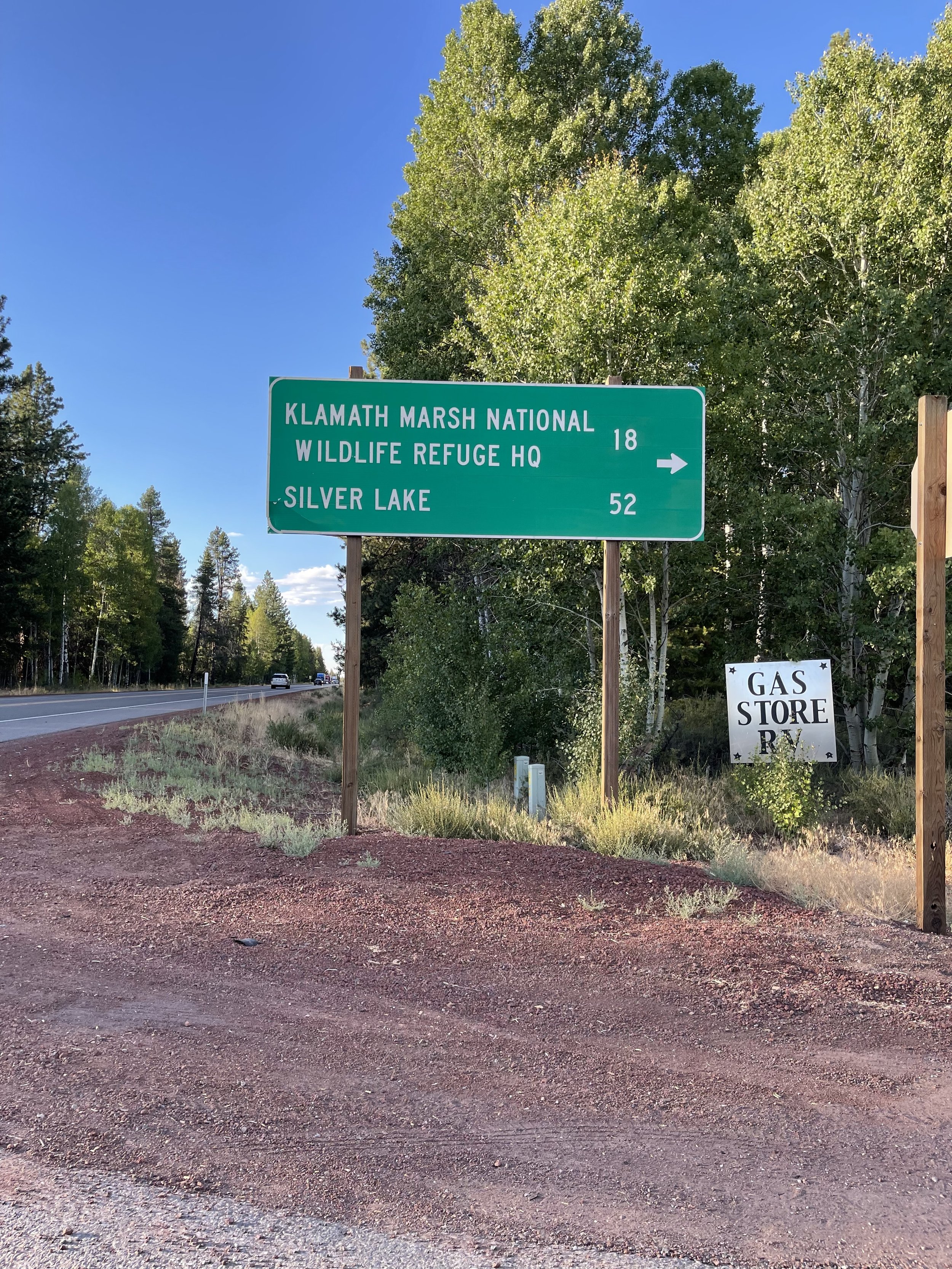Klamath Falls, OR - Wong Café
We didn’t find any locations noteworthy of a visit in Klamath Falls, Oregon, but we did find Wong’s Café. We stumbled upon the neon sign that brought back memories of taking Joe Chew to visit his beloved Ming Terrace Restaurant sign being restored in Sacramento, CA. You wouldn’t believe the cost for maintaining these beautiful old signs including light bulb replacements, cleaning, and electricity consumption. Therefore, it's admirable when a business retains them, especially one as prominent as Wong's Café.
As soon as we entered, the tuff button seats caught our attention, reminding us of the design of Chinese American restaurants from the past. The old countertops with rotating stools and jukeboxes added to the nostalgic vibe. The gold buttons against the black faux leather booth on a sturdy wood plank, staggered against the walls, made us feel like we were back in the good ole days. The restaurant has been serving Klamath Falls since the 1960s, reflecting a wave of immigration to the United States after the repeal of the Chinese Exclusion Act and the introduction of the 1965 Immigration Act from countries such as Hong Kong and Taiwan. This newer generation entering the New World would popularize “Chinese and American” food worldwide, succeeding in ways that our ancestors did not and making Asian fusion dishes a part of everyday family dining-out experiences that we still enjoy today.
Now, if you're wondering about the food, the best way to judge the quality is by ordering War Won Ton Soup to test their TLC, the gravy used for the Egg Foo Young, and the classic broth with noodles. We'd love to hear your thoughts…
Searching for Chinese remnants of the past… well we came up short.
Chin & Wong Road ~ While we found Chin Road which is approximately 14 miles southeast of the town of Klamath Falls with the next street south of Wong Road in an agricultural area there was nothing to see. Although, Wong Potatoes has been in business since 1930 there was nothing to actually visit when we arrived.
Wu Road was even harder to find and was nothing but farmland near the community of Bonanza.
While we were disappointed, we did enjoy the indigenous Wocus or otherwise known as Yellow Pond Lily. The Native Americans used to have an abundant of Wocus but as the wetlands were drained, the lily pads vanished, and the tribes lost a valuable resource. Seeds from the Wocus yielded a yellow dye for their baskets and what little remains today is so beautiful. The Klamath National Wildlife Refuge, Klamath County, Oregon protects what little remains of what once was the largest wetlands area west of the Mississippi River.



